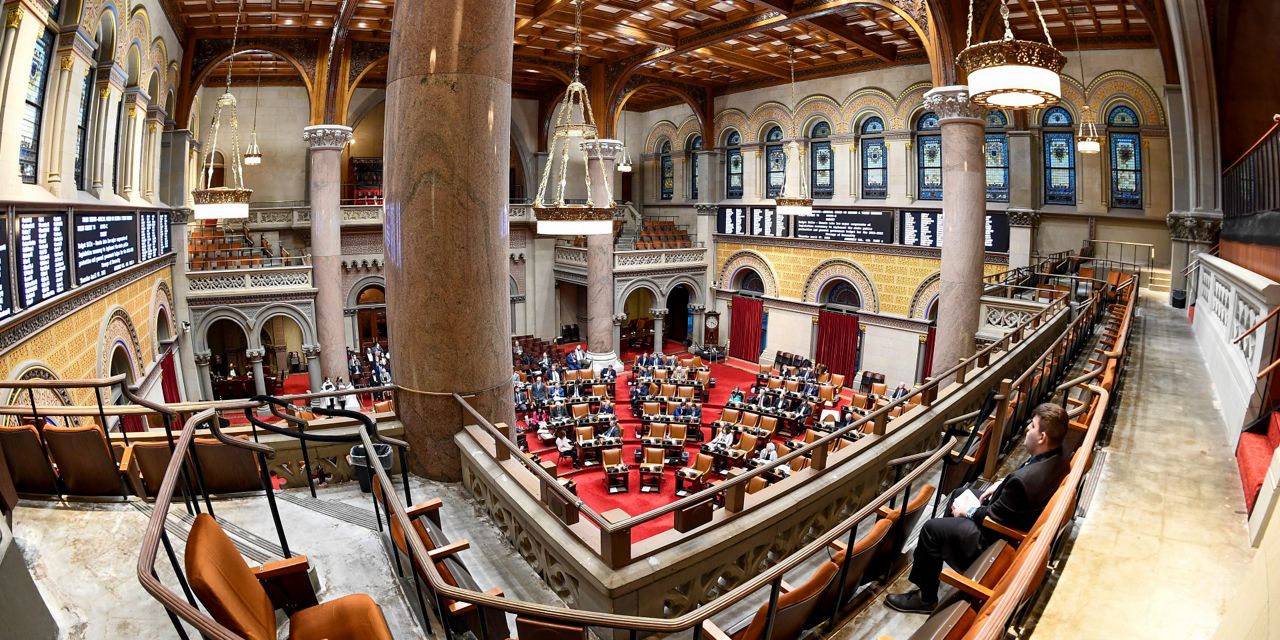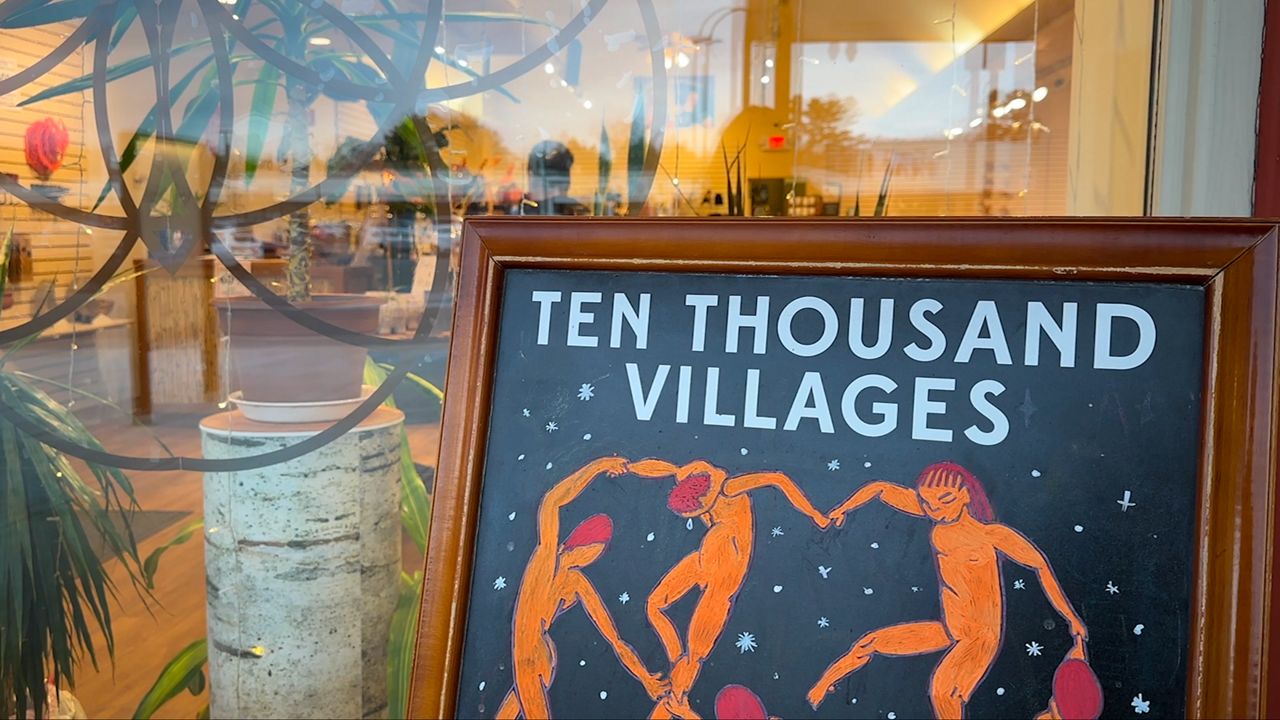An unassuming house on Livingston Avenue, formerly Lumbar Street, in Albany is the Stephen and Harriet Myers Residence -- an Underground Railroad safe haven for freedom seekers.
"Stephen Myers and Harriet and their four children were African American activists who lived in the period before the Civil War,” said Paul Stewart, co-founder of the Underground Railroad History Project.
Husband-and-wife team Paul and Mary Liz Stewart discovered the Myers residence during their research of the Underground Railroad in the Capital District. They co-founded the Underground Railroad History Project and purchased the Myers Residence from Albany County in 2007 for $1,500.
“This is the only building still standing, on its original footprint, that's open to the public that tells the story of Underground Railroad activism from the perspective of a black man who was enslaved in New York state,” Mary said.
The home also served as the headquarters for the region’s Vigilance Committee, an abolitionist group formed to protect escaped slaves from being kidnapped and returned to slavery in the South. The residence is already serving as an education tool for people like the Young Abolitionists Club, who do re-enactments, and members of the community.
"I think it's special that I'm able to teach my 8-year-old, because [he's] probably not going to be able to learn everything that you can learn in this little house here in school," said visitor LeeAnn King.
In an effort to preserve the home’s history, Paul and Mary raised $800,000 to begin restoring the three-story, 10-room Greek revival home, which was at risk of falling down.
"Had Underground Railroad Project not purchased this building, it would not be standing today,” Mary Stewart said.
She added it will cost more than a million dollars to fully restore the exterior, but the interior needs extensive work, too. They want the residence to reflect its former glory to emphasize that Stephen and Harriet lived a typical middle-class life for the mid-1850s.
"We find so many people that we engage with make the assumption that if one was black before the Civil War, either that black person was enslaved or perhaps the person was free, but they didn't have much," Mary said, "and so we're trying to counter the stereotypic images and say there's more to the story."
To keep telling that story, donations are being accepted to help finance the full restoration of the home. Click here to make a donation or for more information.










